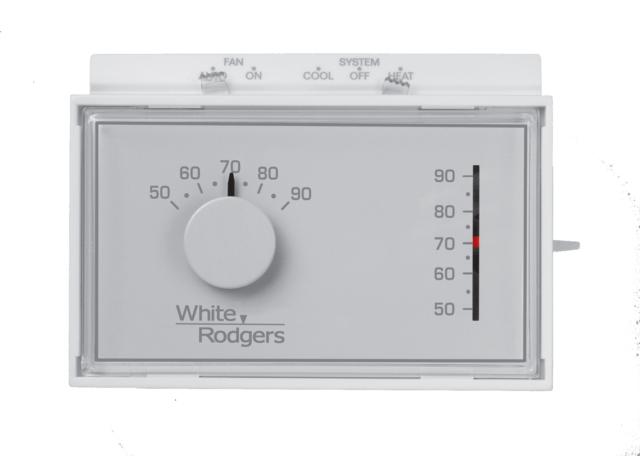felix123
Active Member
Because people are stupid (or one might say that it's due to tradition, but both are often one and the same)."Miles"? Why not "kilometres"?
It was a huge endeavour to change all road signs/markers to metric, and would have been easier by comparison to change the rail network over.
The number of US-originating trucks, each with a driver who crosses into Canada each day is many times higher than the number of US-originating trains, so the argument that this is about scope or safety (because American conductors wouldn't understand metric units) is untrue.
Now as a result of this mentality (going in large part to Brian Mulroney), we have a large part of the population conceptualizing the temperature inside their house as completely different from the temperature outside, different toolsets to build residential builds vs public, produce advertised in lbs and sold in kgs yet calculated incorrectly quite often on your bill, and on and on.





